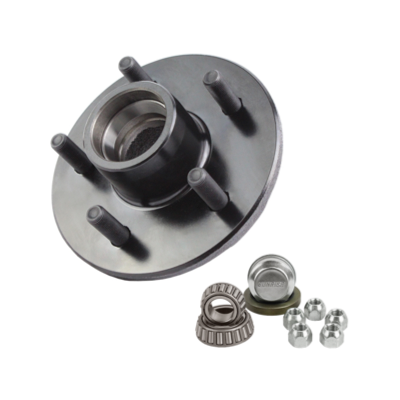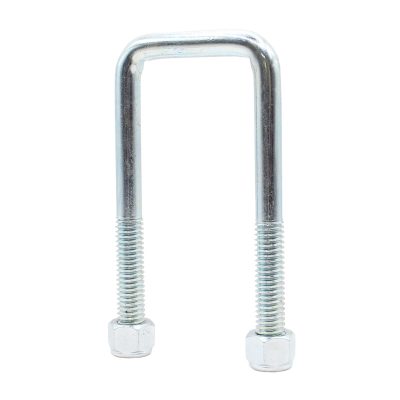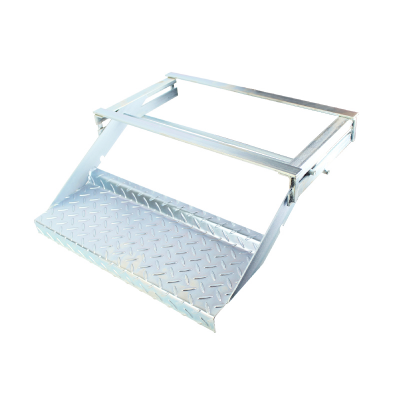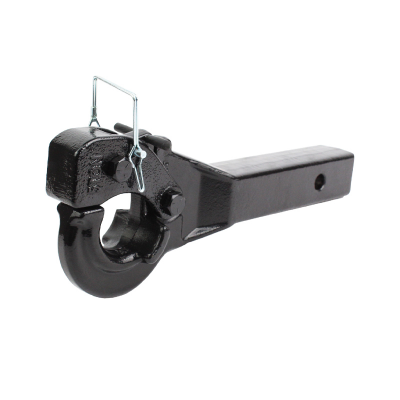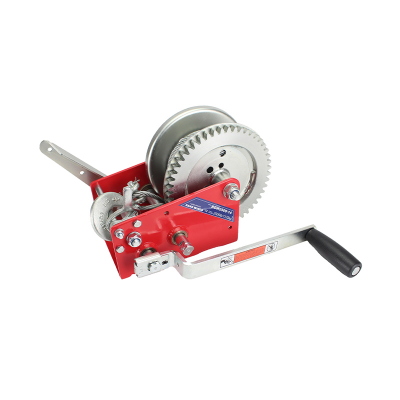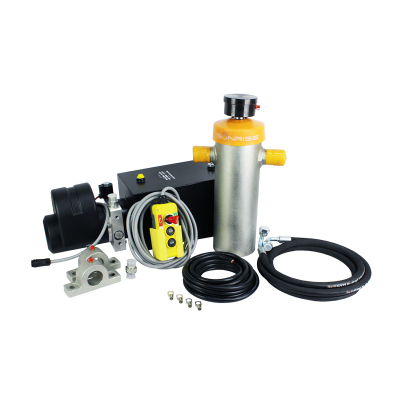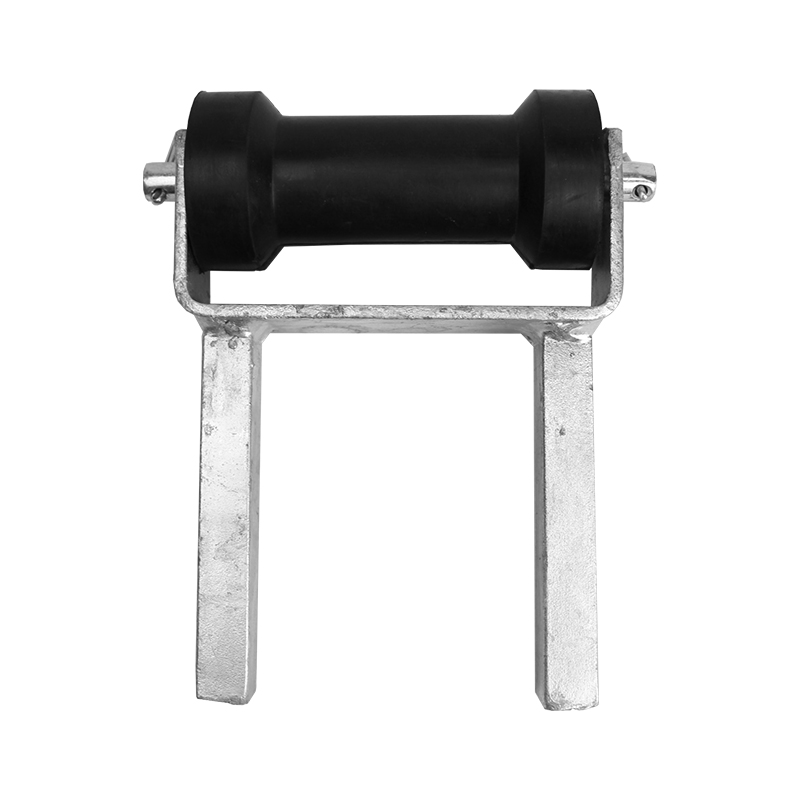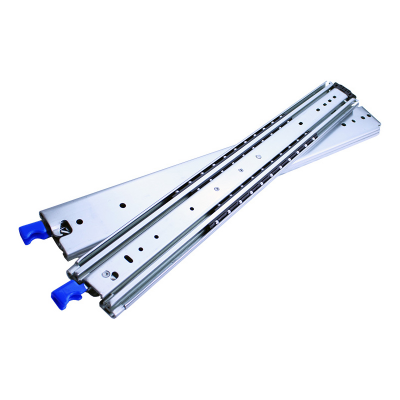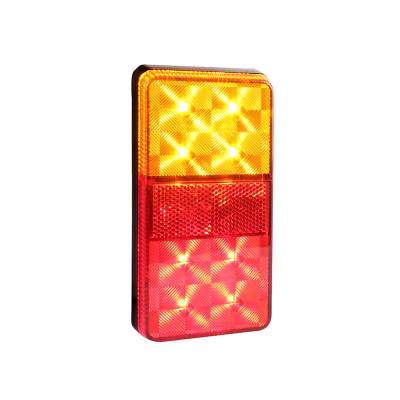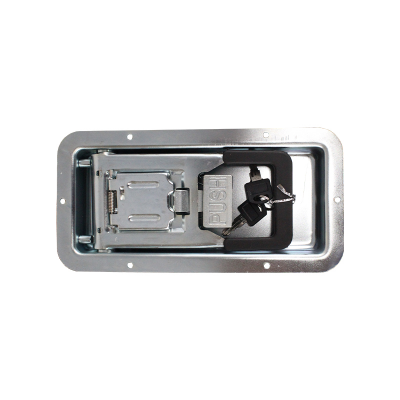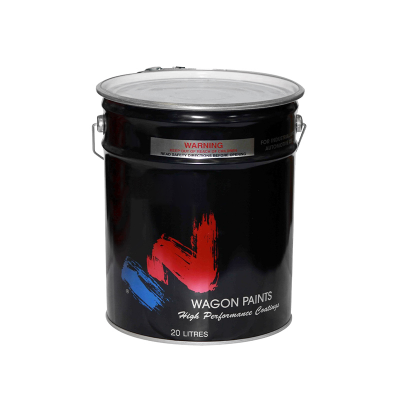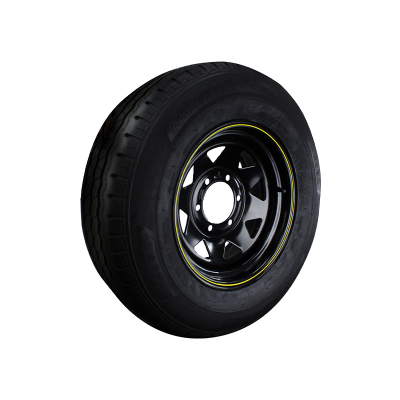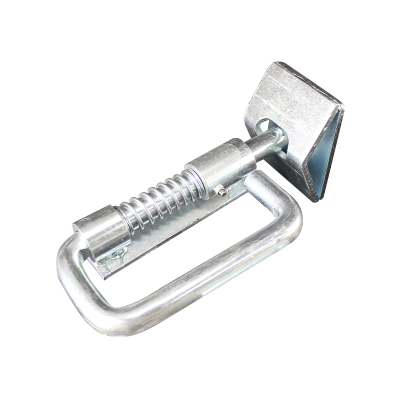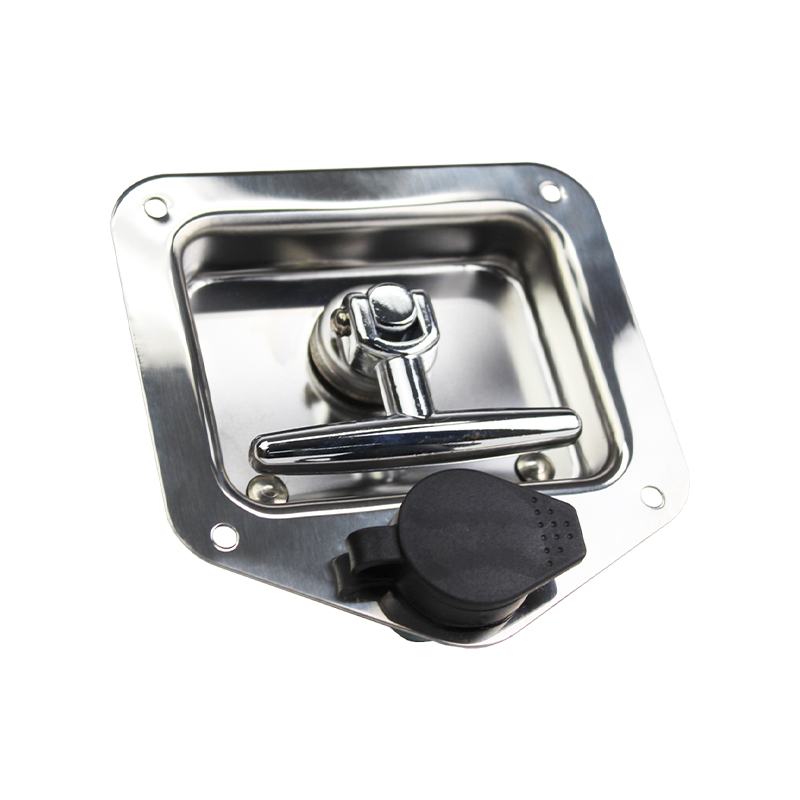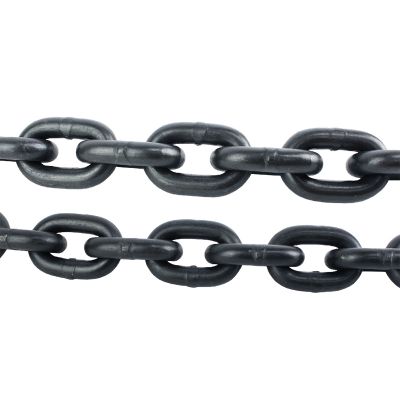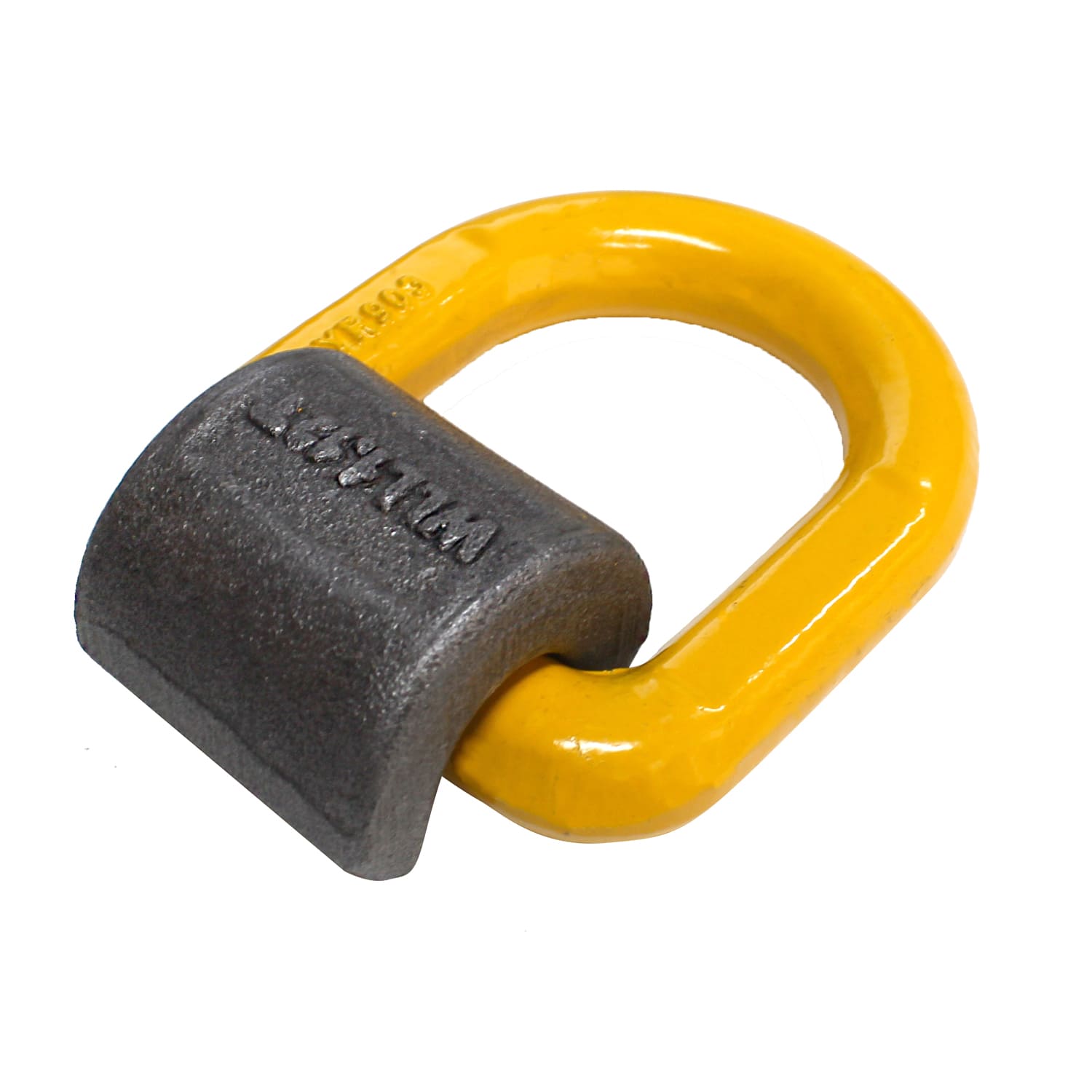
Australia’s Specialists in Trailer Parts & Accessories
Your trusted supplier of trailer parts


20+ Years of Expertise
Need advice? Our specialists are here to assist you

Quality Guaranteed
Our parts are designed to suit the toughest conditions

ISO 9001 Certified
Globally Recognised as an ISO9001 Certified Company
EASYLIFT JOCKEY WHEELS
Australia’s #1 Jockey Wheel
Started in 1996, Easylift is the inventor and manufacturer of Australia’s number one jockey wheel. Our jockey wheels are built to last in the toughest conditions. See how Easylift can help you today.
- Australian made and designed jockey wheels
- Trusted by Australia’s biggest hire companies
- Over 20 years of manufacturing experience
HYDRAULIC TIPPER KITS
Tipping Made Easy
Sunrise has recently brought along our own hydraulic tipper kit range. Designed to Australian standards our kits range from 800mm to 1200mm stages. Perfect for upgrading your 8 x 5 trailer.
- Manufactured exclusively from seamless steel tube
- Maximum safety and service life
- Ultra high yielding and tensile strength
PREMIUM TRAILER WINCHES
Safely Pull Your Boat
Take a look at our latest winch range. All our winches undergo rigorous testing to ensure they can withstand the heaviest loads. Got a boat you want to take out to sea? Check out our marine winches today.
- Wide range of hand, auto brake, electric and marine winches
- Perfect ford boat trailers and car carriers
- Used by thousands all over Australia



PRODUCTS
Browse Product Categories
Why Sunrise?
We pride ourselves on Quality, Expertise & Service
Sunrise is an Australian owned family run business and a market leader in supplying the industry with our extensive range of caravan, boat and trailer parts. We have a wide range of quality towing accessories, electrical components and jockey wheels. Speak with one of our friendly staff for expert advice to get the right part you need from our wide selection of trailer parts.
Quick Dispatch
Orders are ready to be shipped Australia wide or picked up via Click & Collect typically within one to two business days
Expert Support
With over 20+ years of experience, our team are always ready to assist with any enquiries you may have
ADR Compliant
Our products are designed, manufactured and rigorously tested to comply with Australian Design Rules
Simple Returns
Rest assured we offer hassle free change of mind returns for all our products. Click here to view our Returns Policy
Quick Dispatch
Orders are ready to be shipped Australia wide or picked up via Click & Collect typically within one to two business days
Expert Support
With over 20+ years of experience, our team are always ready to assist with any enquiries you may have
ADR Compliant
Our products are designed, manufactured and rigorously tested to comply with Australian Design Rules
Simple Returns
Rest assured we offer hassle free change of mind returns for all our products. Click here to view our Returns Policy
OUR PARTNERS
Featured Product
-
JW8SSHDEL-90
Easylift Jockey Wheel 8″ Australian Made 850kg
-
-
-
-
-
-
-
-
-
-
-
-
-
-
Article Slider


The Ultimate Guide to Drop Axles for Improved Caravan Performance

Bearing Numbers and Information

Hydraulic Tipper Kit Information

Safety Chain Compliance

Straight Beam Axles

